As cannabis legalization spreads, it’s essential to understand the differences between hemp and marijuana. Hemp and marijuana plants are both species of the Cannabis sativa plant. Still, they have different physical and chemical characteristics, causing different effects on humans. This article will explore the differences between hemp and marijuana, including their history, uses, and cannabidiol (CBD) content, to help clear up confusion around the topic.
Understanding Marijuana
Marijuana, also known as weed or cannabis, is a psychoactive plant that comes from the Cannabis sativa plant. It’s used in different forms, such as smoking, vaporizing, or ingesting, and comes in different forms such as oils, edibles, and concentrates. Marijuana has short-term effects on the brain, such as impaired memory and learning, distorted perception, difficulty thinking and problem-solving, and increased anxiety. Long-term effects of marijuana include addiction, impaired brain development, and increased risk of lung cancer. Marijuana is currently illegal in most countries, but some jurisdictions have decriminalized or legalized it for medical or recreational use.
Marijuana has a rich history of use, both medicinally and recreationally. Its origins trace back to Central Asia, and it is believed to have been first used for its psychoactive properties around 2,700 BC. Marijuana made its way to the Middle East and Africa by around 1,000 BC, where it was used as a medicine and spiritual aid. The first recorded use of marijuana in the Americas was by the Spanish in 1545. History shows that Native Americans have been using the plant for medicinal purposes long before the arrival of Europeans. In the early 1900s, marijuana began to be demonized in the United States, and Congress enacted laws to prohibit its use. Despite these prohibitions, however, marijuana continued to be used for medicinal and recreational purposes.
Understanding Hemp
Hemp is a non-psychoactive plant that belongs to the Cannabis sativa species. Hemp has been used by humans for centuries. The earliest known use of hemp dates back to 8000 BC, when people used it to make fabric and rope in China. Hemp was also used by the ancient Egyptians, Greeks, and Romans to make cloth and paper. In the Middle Ages, hemp was an essential crop in Europe, used for making sails and ropes for ships.
Hemp continued to be grown for industrial purposes until the early 20th century. However, the passage of the Marijuana Tax Act in 1937 effectively criminalized hemp cultivation in the United States. Since then, there have been some sporadic attempts to grow hemp commercially in the US, but these have been mainly unsuccessful due to the plant’s association with marijuana. In the past few years, however, there has been a renewed interest in growing hemp, thanks to its many potential applications in medicine, industry, and agriculture.
The Differences between Hemp and Marijuana
The main difference between hemp and marijuana is their THC content. THC is one of the cannabinoids that get users high. While marijuana and hemp plants come from the same species (Cannabis sativa), they are different varieties. Marijuana is a psychoactive variety of Cannabis sativa, while hemp is a non-psychoactive variety of Cannabis sativa. Hemp contains only trace amounts of THC, usually less than 0.3%, while marijuana can contain anywhere from 5% to 30% THC, depending on the strain.
Hemp and marijuana plants have different physical characteristics. Hemp plants are tall and thin with skinny leaves, while marijuana plants are shorter and bushier with wider leaves. Marijuana plants also require careful cultivation conditions, such as specific lighting and temperature, while hemp plants are more adaptable to various climates and require fewer resources to grow.
Final Words on Hemp vs. Marijuana
Hemp has been utilized for centuries for industrial purposes, such as rope, fabric, and paper, while marijuana has been used for medicinal and recreational purposes. Although they are both varieties of the Cannabis sativa plant, they have significant differences in their THC content and psychoactive effects.
With the legalization of hemp through the 2018 Farm Bill, we can expect to see an increasing number of hemp-derived products on the market. It is essential to understand the difference between hemp and marijuana and the legal status of each, especially if you plan to use CBD products.
In summary, hemp contains less than 0.3% THC and is legal to cultivate and sell in the United States, while marijuana contains high levels of THC and is illegal at the federal level. CBD can be sourced from both hemp and marijuana, but it is essential to ensure that the CBD product you choose contains less than 0.3% THC if you are looking for a legal option.
Understanding the differences between hemp and marijuana can help you make informed decisions about the products you choose to use and the laws that regulate them. As public opinion continues to shift towards legalization and decriminalization, it is likely that we will see changes in the legal status of marijuana and hemp in the years to come.
